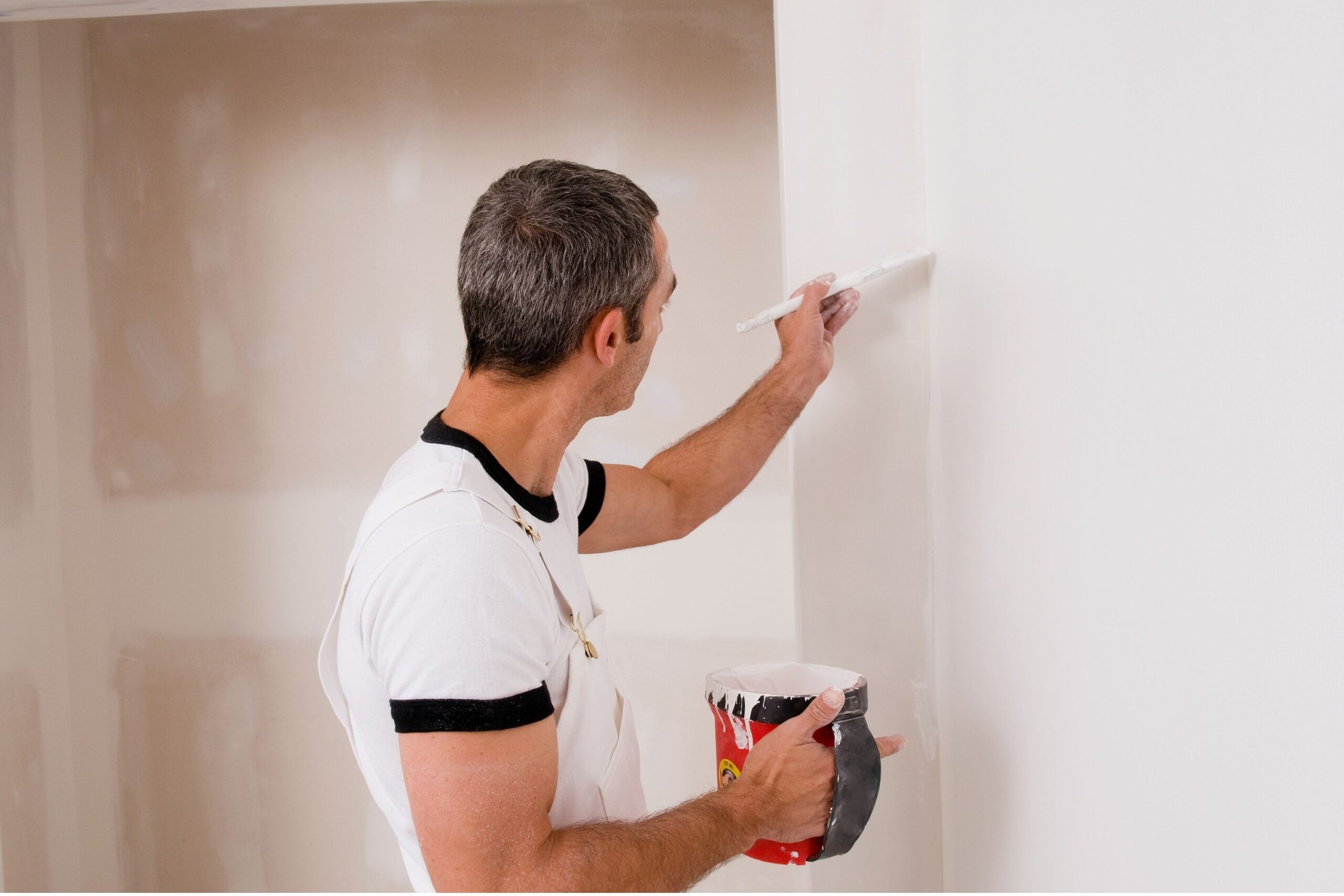How Long Does Spackle Last After Opening?

Spackle is a go-to solution for repairing small holes, cracks, and dents in walls, making it an essential item in many homeowners’ toolkits. But if you’ve had an open container sitting in your garage or shed, you may wonder: how long does spackle last after opening? The answer depends on the type of spackle, how it’s stored, and whether it has been exposed to air or moisture.
On average, opened spackle can last anywhere from 9 months to 1 year, but its shelf life may be much shorter if improperly stored. Using expired spackle can lead to poor adhesion, crumbling repairs, and an uneven finish — meaning you’ll have to redo the job. In this article, we’ll break down the factors that affect spackle’s longevity, tips to extend its life, signs it’s gone bad, and how to store it for maximum freshness.
Factors That Affect Spackle’s Shelf Life After Opening
1. Type of Spackle
Not all spackles are created equal, and the formula plays a big role in how long it lasts once opened.
- Lightweight spackle: Generally has a shorter shelf life (around 6–9 months) because it contains more air for easy application.
- Vinyl spackle: Lasts longer (up to 1 year or more) if stored properly due to its more durable formula.
- Acrylic spackle: Often retains usability for 12 months or more because of its flexible, water-resistant composition.
2. Storage Conditions
Where and how you store spackle after opening determines its longevity:
- Temperature: Ideal storage is between 50°F and 80°F (10°C to 27°C). Extreme heat can dry it out, while freezing temperatures can damage its consistency.
- Humidity: High moisture levels can cause mold growth or premature hardening.
- Air exposure: If the lid is not sealed tightly, air will dry out the product quickly.
3. Frequency of Use
The more often you open the container, the more air gets inside, reducing shelf life. Frequent opening also increases the chance of contamination from tools.
Signs That Your Spackle Has Gone Bad
1. Dry, Crumbly Texture
Fresh spackle should be smooth and spreadable. If it has hardened or developed chunks, it’s no longer usable.
2. Foul Odor or Mold Growth
Any strange smell or visible mold is a clear sign of spoilage — especially for water-based spackles stored in humid environments.
3. Separation or Discoloration
A small amount of separation (water rising to the top) can be mixed back in, but if the spackle is heavily discolored or has an oily layer, it may be compromised.
How to Extend the Life of Opened Spackle
1. Store in an Airtight Container
After use, ensure the lid is tightly sealed. For added protection, place a layer of plastic wrap directly on the spackle before closing the container.
2. Keep in a Cool, Dry Place
Avoid storing it in damp basements, garages, or sheds where temperature fluctuations are common.
3. Use Clean Tools
Always use a clean putty knife or spatula to prevent introducing bacteria or debris into the container.
4. Transfer to Smaller Containers
If you have a large tub but don’t use spackle often, transfer a portion into a smaller airtight container to reduce air exposure.
Can You Revive Dried Spackle?
If your spackle is only slightly dry, you may be able to bring it back to life:
- Add a small amount of water (for water-based spackle) or the manufacturer-recommended thinner.
- Stir thoroughly until smooth.
- Test on a small surface to ensure it adheres properly.
Note: Revived spackle may not perform as well as fresh product, so it’s best for small, non-critical repairs.
How Long Unopened Spackle Lasts
While this article focuses on opened spackle, it’s worth noting that unopened containers can last up to 2–3 years if stored correctly. Always check the manufacturer’s date code or label for the “best before” period.
Safety and Quality Considerations
- Expired spackle can lead to repairs that crack, flake, or fall out within weeks.
- Using compromised spackle may require more sanding, reapplication, and even repainting.
- Always test a small patch before committing to a large repair.
Summary Table: Shelf Life of Spackle
| Spackle Type | Opened Shelf Life | Unopened Shelf Life | Notes |
|---|---|---|---|
| Lightweight | 6–9 months | 2 years | Best for small, quick repairs |
| Vinyl | 9–12 months | 2–3 years | Stronger and more durable |
| Acrylic | 12+ months | 3 years | Flexible, moisture-resistant |
Conclusion
So, how long does spackle last after opening? Generally, between 6 months and 1 year, depending on the type, storage conditions, and frequency of use. To get the most out of your spackle, always seal it tightly, store it in a cool, dry place, and use clean tools. By following these steps, you can ensure your repairs are strong, smooth, and long-lasting — without the frustration of working with dried or spoiled product.
How about you? Have you ever tried to use spackle that’s been sitting around for months? Did it still work, or did you have to toss it?




